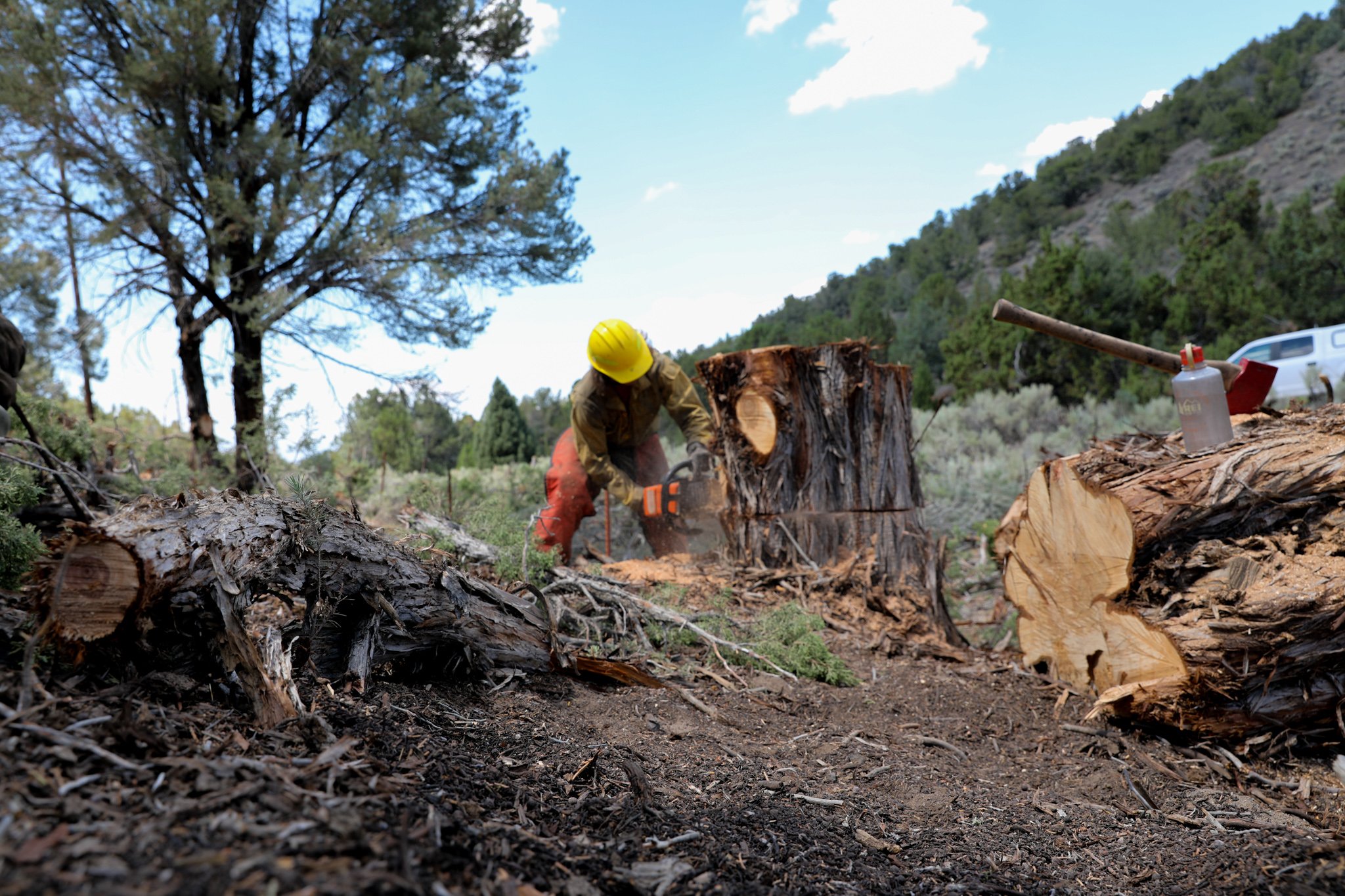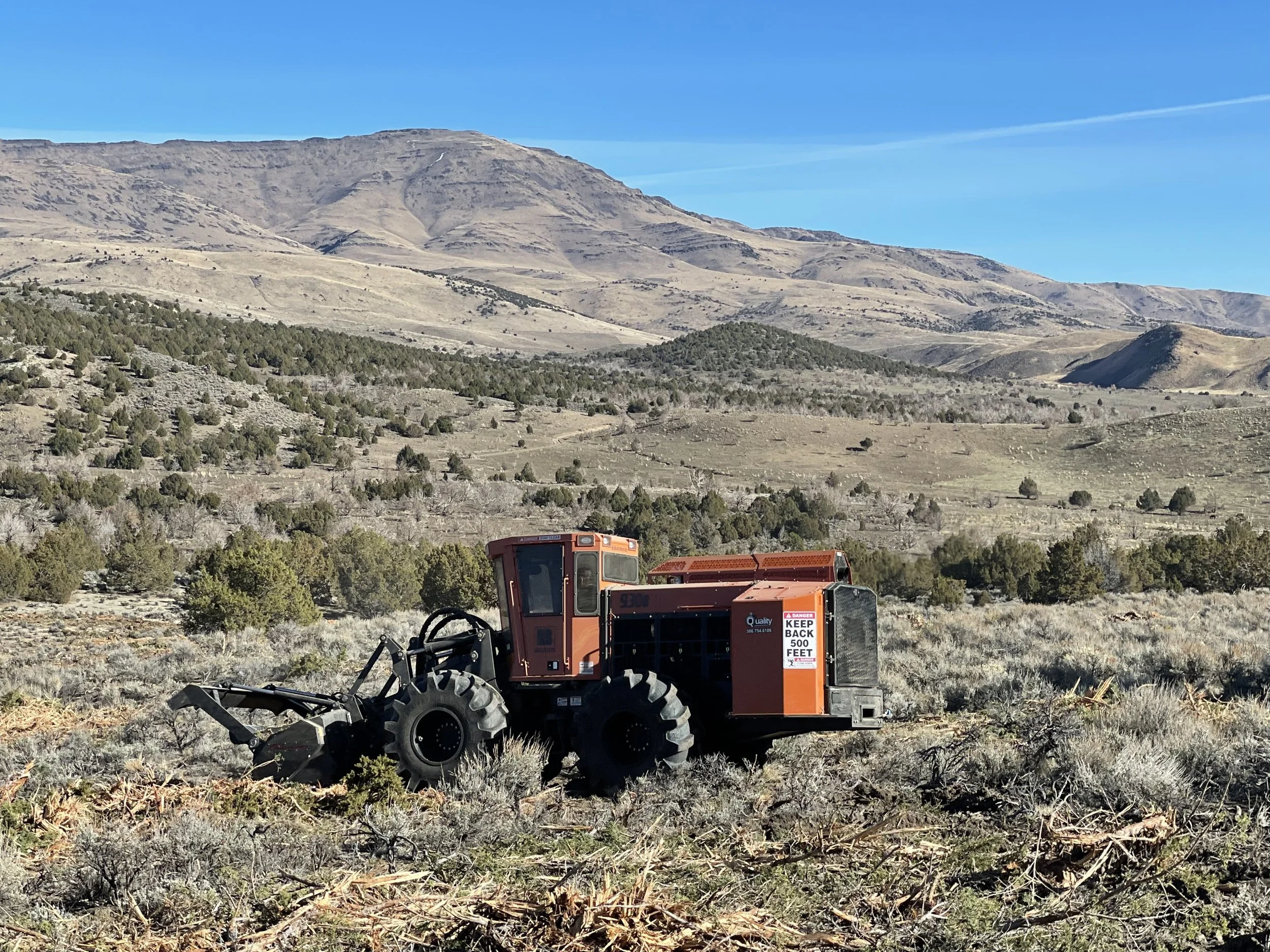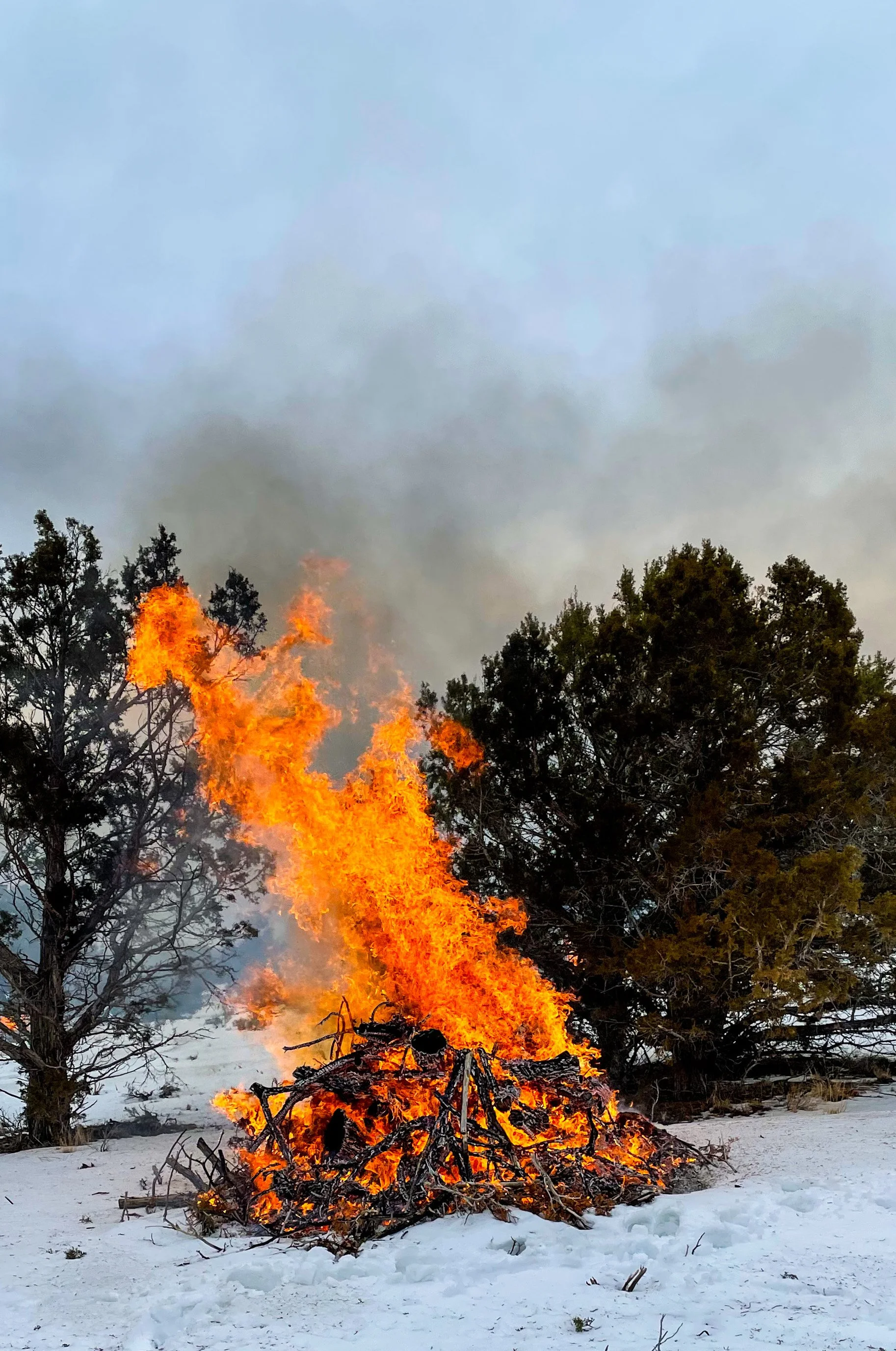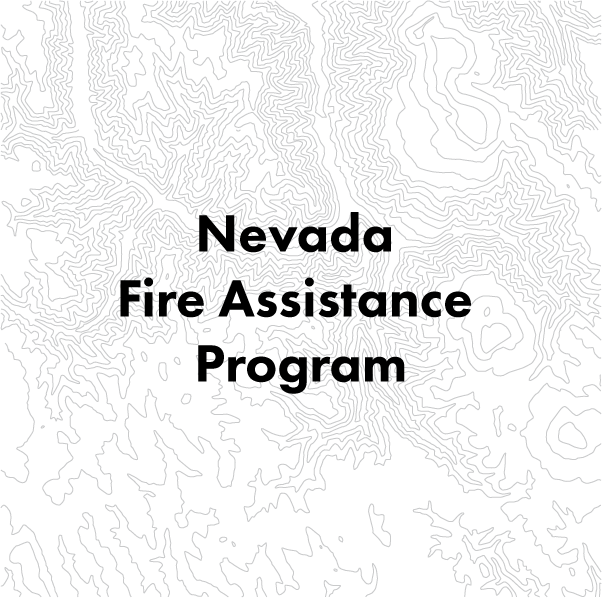
Types of Fuels Projects
Aerial Seeding
Aerial seeding involves low-flying helicopters with mechanical seed dispensers slung underneath as cargo. Seeding over snow will allow the seeds to be incorporated into the soil layer as melting occurs to mimic natural dispersal as much as possible.
.
Mulching
One type of fuel reduction process is called mastication or mulching, which is a fuel reduction treatment method used in vegetation management, to reduce fuel loading, wildfire risks to communities, and to ensure wildland firefighters have safe access to roads.
Pile Burning
Pile burning is a process of burning piles of woody debris (slash) in an effort of reducing hazardous fuels. Several precautions are made before a pile-burning project is implemented. Typically piles need to dry out for a year or two before they can be burned.
.
Working with the Community
Reducing fuels in the wildland-urban interface is important to all of us. We are highlighting this fuels reduction project in western Nevada near Gardnerville. We also appreciate the adjacent homeowners for their support and efforts in defensible space, home hardening, and property maintenance.
Consider making your property more resistant to wildfire and take individual responsibility to reduce flammable material around homes and communities before a fire occurs.
.








